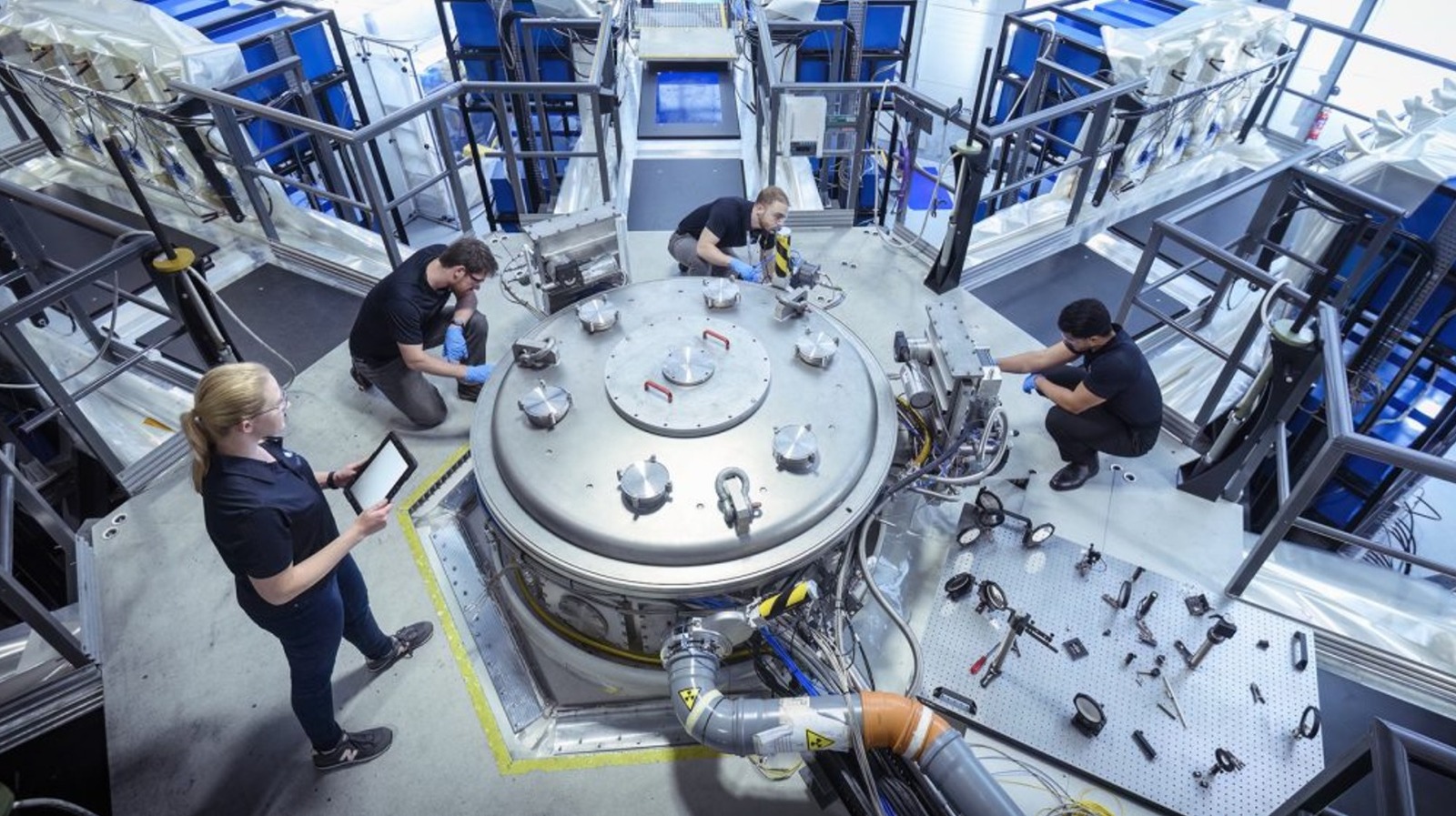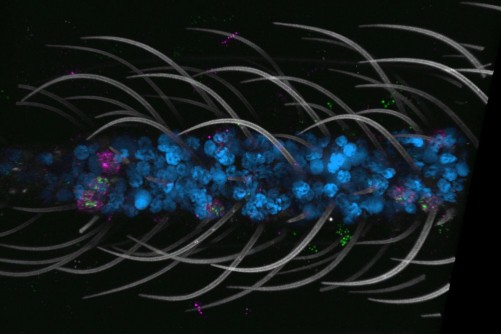A significant advancement in fusion power technology has emerged from the United Kingdom, with the company First Light Fusion announcing a method that could pave the way for commercially viable fusion energy. This breakthrough, achieved through a process called FLARE (Fusion via Low-power Assembly and Rapid Excitation), marks the first instance of achieving “high gain” inertial fusion. Historically, fusion reactions have required more energy than they produce, but this new approach creates a pathway toward sustainable energy generation.
Fusion power harnesses the energy released when two light atomic nuclei combine, producing a heavier nucleus. This process not only promises near-limitless energy but also offers a solution to reducing reliance on fossil fuels, thereby decreasing greenhouse gas emissions. While numerous advances have been made in fusion research, a practical reactor has yet to be realized. FLF’s achievement represents a key milestone in transforming this dream into reality.
The U.S. Department of Energy’s National Ignition Facility made headlines in May 2025 when it achieved a gain of four in fusion experiments. In contrast, First Light Fusion’s FLARE process has the potential to achieve a remarkable gain of 1,000. This dramatic increase could significantly enhance the feasibility of fusion reactors.
FLARE operates by separating the processes of compressing and heating fuel, allowing for a substantial energy surplus through a method known as “fast ignition.” This marks the first practical application of technology that had previously been explored but remained elusive. According to FLF’s white paper on FLARE, one kilogram (approximately 2.2 lbs.) of fusion fuel could contain energy equivalent to that of 10 million kilograms (22,046,226 lbs.) of coal.
The ignition phase occurs when the fuel is heated to around 100 million kelvin (approximately 180 million degrees Fahrenheit), triggering a self-sustaining fusion reaction. Achieving such extreme temperatures requires considerable initial energy input. However, if FLARE functions as theorized, the potential for self-sustaining fusion could lead to an era of energy production that meets global demands through multiple reactors.
While this breakthrough represents a significant leap forward, it is essential to acknowledge that it is only a step on a lengthy journey toward developing fusion power plants. The successful implementation of FLARE could ultimately lead to a future where fusion power is a primary energy source, phasing out non-renewable resources and providing a cleaner, more efficient alternative.
As research and development continue, the possibility of realizing viable fusion energy appears to be shifting from a distant aspiration to an achievable goal. The advancements made by First Light Fusion may well serve as a catalyst for further innovations in the field, propelling humanity closer to a sustainable energy future.







